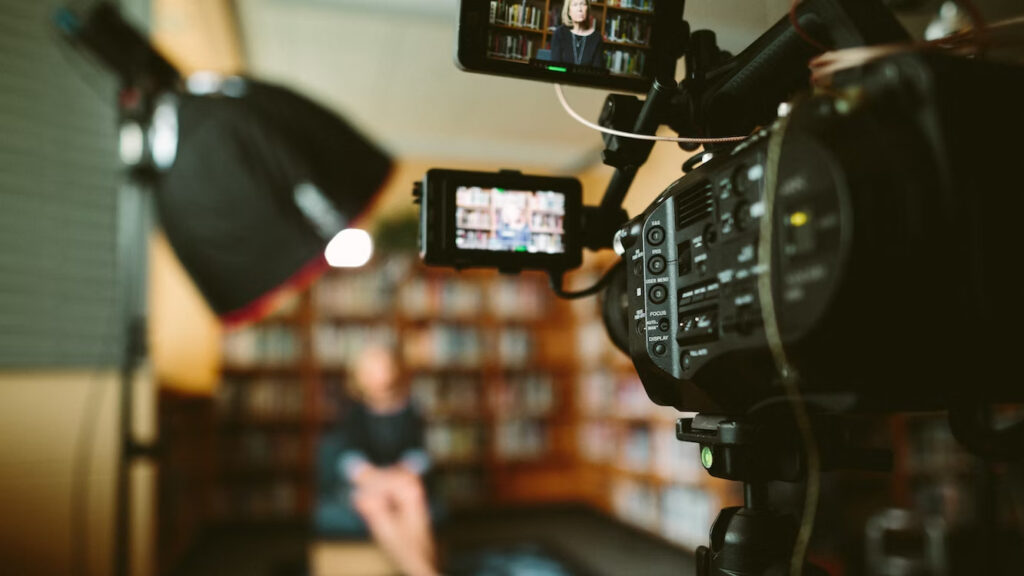If you have ever sat down and noticed yourself enjoying analyzing movies in-depth, this could be a sign you should pursue a degree in film studies. You wouldn’t be alone, as many students have taken that big first step. However, if you’re coming from a STEM or non-art background, you might want to read this article until the end. This is because we review some practical steps to help you better analyze and appreciate cinematic masterpieces.
Film Studies in College:
5 Ways to Analyze and Appreciate
Cinematic Masterpieces
As a student, if you have ever watched a college movie, you might have noticed some inaccuracies that are so plain as day. This is sometimes the case because the creator relies on incorrect information to make creative ideas. In fact, there’s so much more info online regarding this. You would be surprised; however, what if you could play a role in making future movies? If you feel passionate about this or have always wanted to learn about films, here are five ways that you can analyze and appreciate cinematic masterpieces:
- Look At The Visuals
- Pay Attention To Sound
- Analyze The Story
- Consider The Director’s Style
- Put The Film In Context
1. Look At The Visuals
One of the most important aspects of a film is its visual style. After all, this is what you mainly notice when you watch a movie. So when enjoying your favorite show, take time to note everything from the cinematography and lighting to color grading. These elements all add depth and meaning to any scene. For example, the use of low-key lighting can signify a darker, more intense mood, while bright, saturated colors can indicate a happier, more upbeat tone.
One of the most important aspects of a film is its visual style. After all, this is what you mainly notice when you watch a movie. So when enjoying your favorite show, take time to note everything from the cinematography and lighting to color grading. These elements all add depth and meaning to any scene. For example, the use of low-key lighting can signify a darker, more intense mood, while bright, saturated colors can indicate a happier, more upbeat tone.
2. Pay Attention To Sound
Sound is just as important as visuals in creating a cinematic experience. For instance, many of Christopher Nolan’s movies are praised for their cinematic audio. The soundtrack and sound effects used in the film can effortlessly direct the attention of the viewers and keep them captivated. The music can set the tone and create emotion, while sound effects can add realism and create tension, so you need to pay special attention to them when analyzing movies.
3. Analyze The Story
The story is the backbone of any film. In today’s film industry, where we have big-budget movies that use CGI, we still see movies make huge returns at the box office without any special effects. All you have to do is look at the plot, characters, and themes to understand the appeal. What is the film trying to say? What message is it trying to convey? This can involve a lot of work, so you might want to free up your calendar from essay assignments by using Trust My Paper online writing services. This website can also help you learn how to captivate readers with your writing, a skill all the best authors have.
4. Consider The Director’s Style
Each director has a unique style and approach to filmmaking. As previously mentioned, some of the best directors, such as Christopher Nolan, have their own recurring themes or techniques. All you have to do is look at some of their previous works. This can give you a better understanding of the film and its place in the director’s body of work.
5. Put The Film In Context
It’s important to consider the movie’s historical and cultural context. What was happening in the world at the time the film was made? How does the movie reflect or comment on the society it was made in? This can also add another layer of meaning and appreciation to the film.
Bottom Line
Learning to appreciate and analyze movies better can be done with as little as five steps. By using the methods discussed in this article, you’ll be able to appreciate cinema masterpieces on a much deeper level. So next time, you grab some popcorn and watch a movie. Hopefully, the techniques discussed in this article will help you enjoy it even better.
Author’s Bio
Mary Herd is a freelance writer focused on college topics and an amateur screenwriter. Her interest in cinematography stemmed from her creativity and imagination. Watching behind the scene interviews and recordings helped her better appreciate the effort behind films and encouraged her to learn the tips and tricks to analyze movies better.

